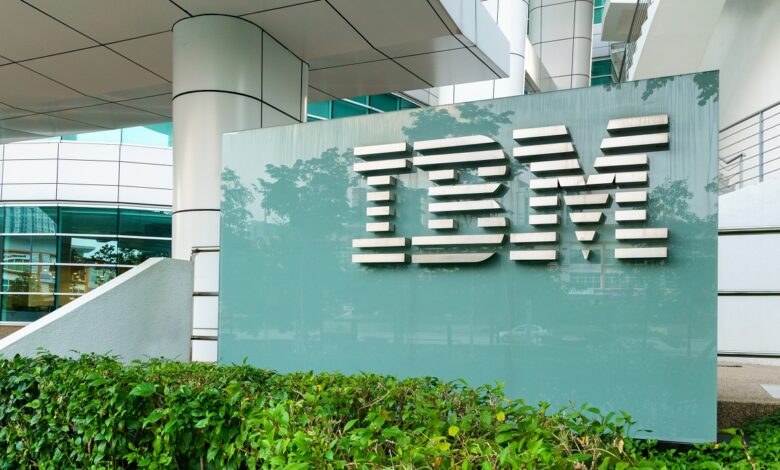
IBM’s new strategy is increasing interest in its shares
On October 4, IBM (IBM) held a briefing for investors, where it revealed its development strategy for the coming years, presented a new management structure, and transformed segments of its business. IBM considers it particularly important to switch to a platform-oriented approach.
The previously announced allocation of IBM’s managed infrastructure services business to the newly public company Kyndryl became significant to implement these plans.
I did it to focus on the priority areas of hybrid cloud and artificial intelligence for IBM. The company confirmed plans to complete the Kyndryl spin-off by the end of 2021 and announced the allocation of reporting segments that correspond to its current priorities. Among them are consulting, software, infrastructure, and financing.
Separating managed infrastructure into a separate business will improve IBM’s product portfolio and positively impact its financial results; in particular, it will accelerate revenue growth by 1-2%. We also expect an increase in gross marginality, as the high-margin software segment will now occupy a more significant share in the company’s total revenue.
In the coming years, the critical driver of growth will remain one of the most influential and rapidly developing products in the IBM portfolio – the Red Hat hybrid cloud container platform, which is part of the software segment.
Over the past four quarters, Red Hat’s average sales growth in constant currency has been 17%. These rates to remain in the range of 15-20% in the coming years. In addition, IBM consulting services may become another growth driver.
Cloud transformation and increased business spending on IT will positively impact the revenue of the consulting segment, which generates about 30% of the company’s total revenue.
The forecast assumes an income growth of this sector in the range of 8-10%. However, should attention to several factors that currently prevent the company from accelerating the overall growth rate. First, despite the operational improvement of Red Hat’s results, this direction brings the corporation about 20% of the software segment revenue and no more than 10% of total revenue.
Therefore, due to the weak growth rates of sales of other products, the total revenue of the software segment can only increase by about 5%. In addition, the infrastructure segment, which provides 25-27% of IBM’s total revenue, is unlikely to show significant growth due to increased volatility and dependence on the product cycle.